Genus Ligustrum Rank Species | Tribe Oleeae Scientific name Ligustrum sinense Higher classification Privet | |
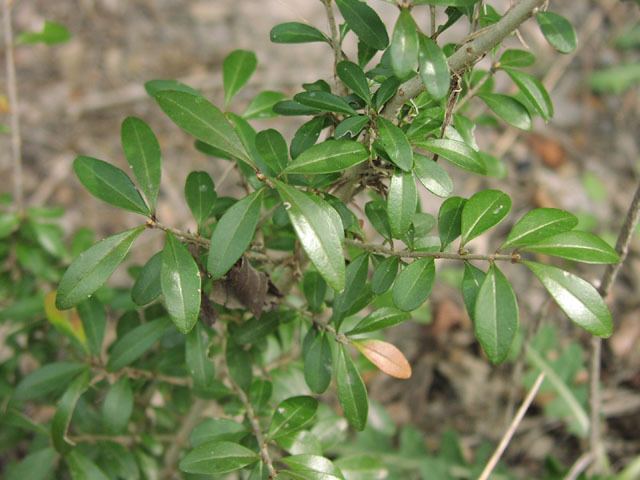 | ||
Similar Privet, Ligustrum lucidum, Ligustrum japonicum, Oleaceae, Ligustrum vulgare | ||
Chinese privet ligustrum sinense
Ligustrum sinense (Chinese privet; syn. L. villosum; in Mandarin: 杻; pinyin: chǒu) is a species of privet native to China, Taiwan and Vietnam. It is also naturalized in Réunion, the Andaman Islands, Norfolk Island, Costa Rica, Honduras, Panamá and much of the eastern and southern United States (from Texas and Florida north to Kansas, Illinois, New Jersey, Massachusetts and Connecticut). Ligustrum lucidum is sometimes also called "Chinese privet".
Contents
- Chinese privet ligustrum sinense
- How to identify chinese privet ligustrum sinense
- Cultivation and uses
- References
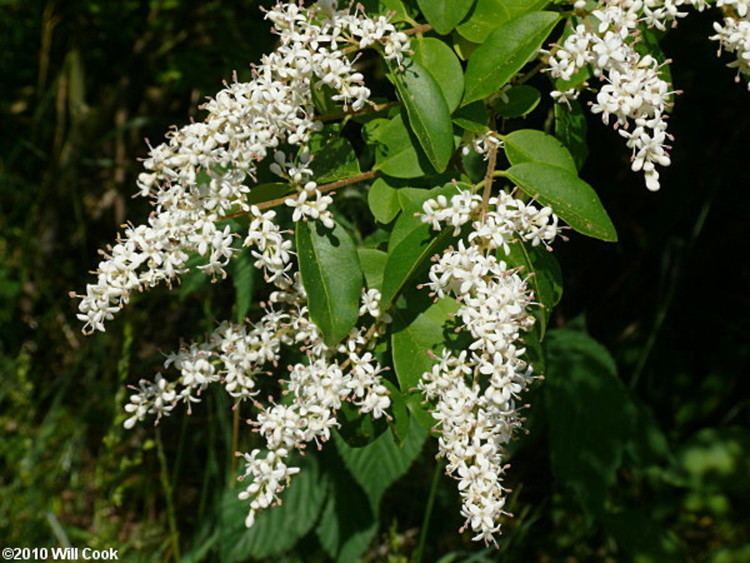
Ligustrum sinense is an deciduous shrub growing to 2–7 m tall, with densely hairy shoots. The leaves are opposite, 2–7 cm long and 1–3 cm broad, rarely larger, with an entire margin and a 2–8 mm petiole. The flowers are white, with a four-lobed corolla 3.5–5.5 mm long. The fruit is subglobose, 5–8 mm diameter.
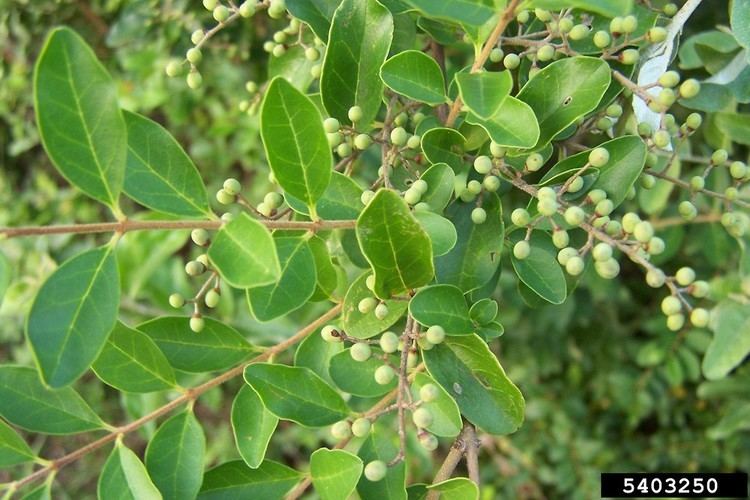
The following varieties are accepted by the Flora of China:
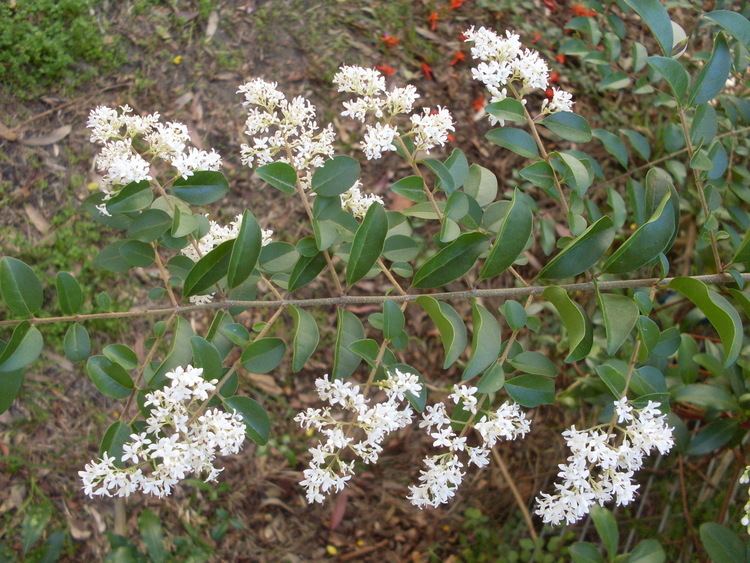
How to identify chinese privet ligustrum sinense
Cultivation and uses
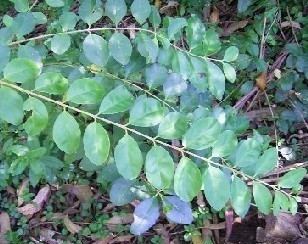
It is cultivated as an ornamental plant and for hedges. Several cultivars have been selected, including the very floriferous 'Multiflorum', the variegated cultivar 'Variegatum', and the dwarf cultivar 'Wimbei' growing to 0.5 m and with leaves only 6 mm long.
It has also been used as a popular bonsai tree.
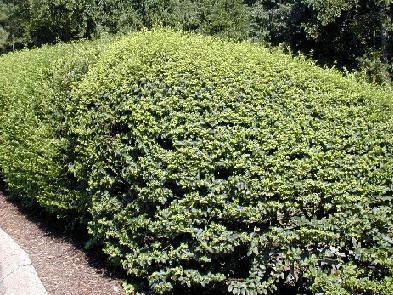
It was introduced to North America to be used for hedges and landscaping where it has now escaped from cultivation and is listed as an invasive plant in southeastern states. It is estimated that Chinese privet now occupies over one million hectares of land across 12 states ranging from Virginia to Florida and west to Texas, with detrimental effects to biodiversity and forest health.
